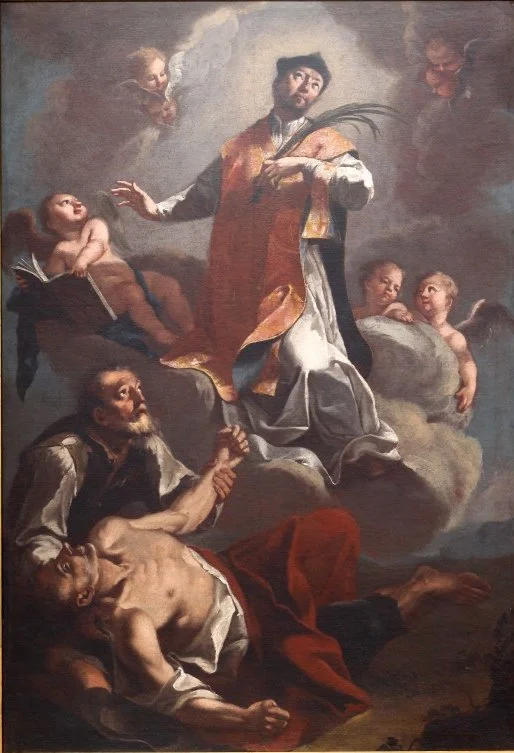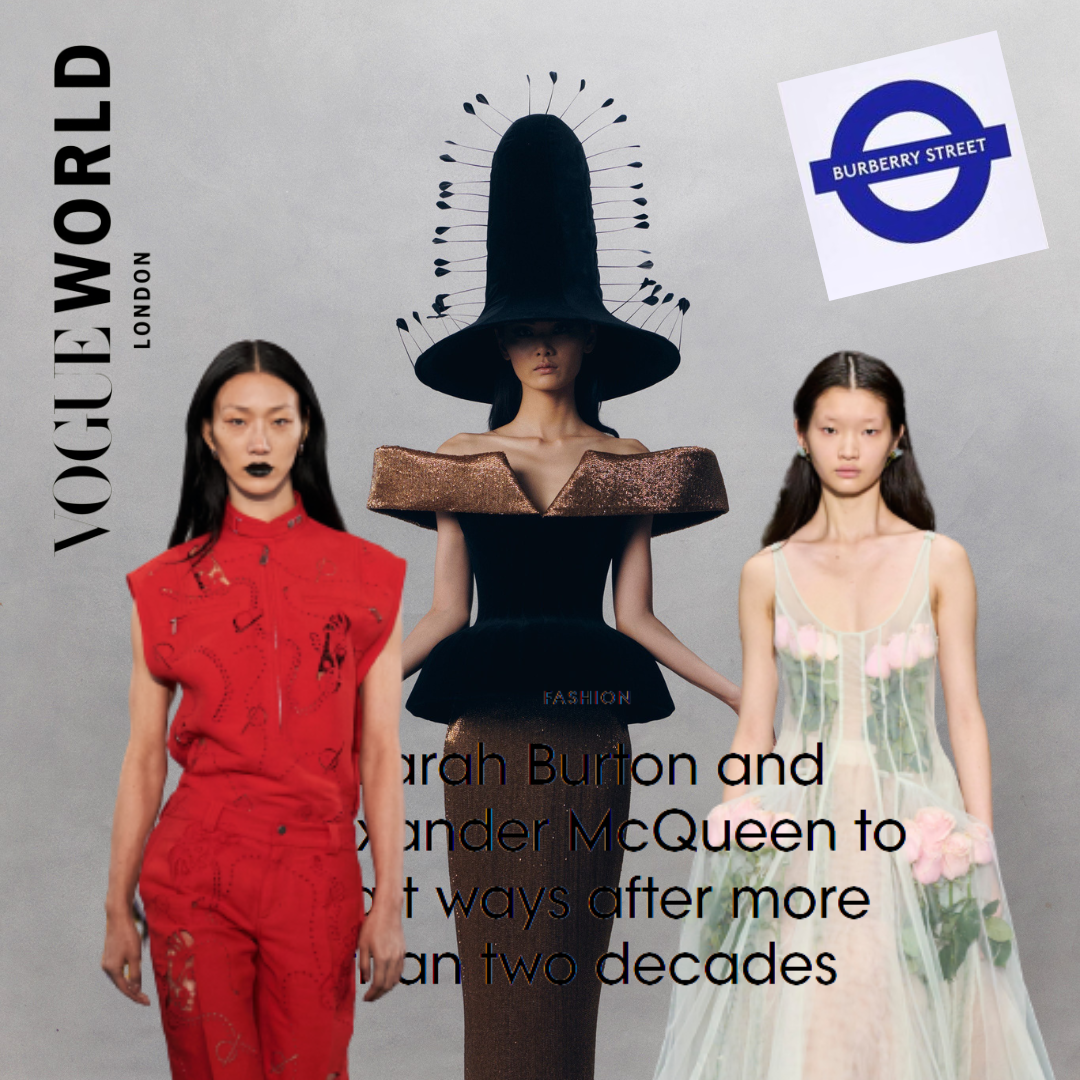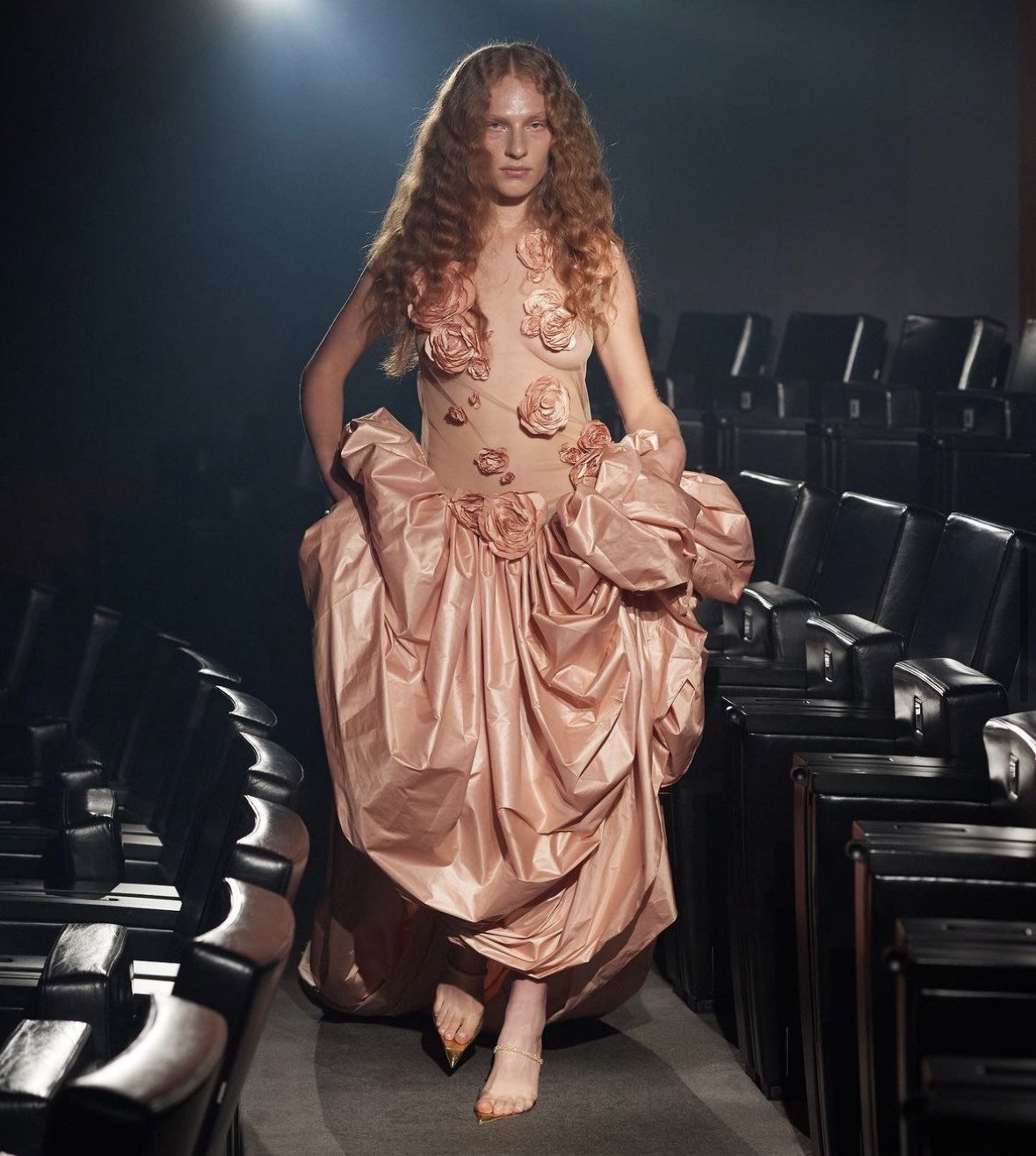How And Why Did We Begin Giving Jewellery on Valentine’s day?
To understand how our modern traditions came about, we first must understand how Valentine’s day came to be. According to legend, the Roman Emperor Claudius, in an attempt to bolster the ranks with men who didn’t have familial relationships, banned weddings and engagements in Rome. Valentine, a Christian priest, continued to perform marriages in secret. Once discovered, the Emperor ordered Valentine to be beheaded, before which he healed the blind daughter of his jailer, signing a letter to her ”From your Valentine. Valentine’s day on February 14th originated, as many Christian holidays do, from Pagan beliefs. The feast of Lupercalia was a celebration that lasted from February 13th through the 15th. This “cleansing” ritual initiated many practices, among which included random matchmaking and coupling to avert evil spirits, as well as restore health and fertility.
The Triumph of Saint Valentine painted by Valentin Metzinger, early 18th century
It was not until medieval poet and author Geoffrey Chaucer wrote in his poem Parlement of Foules in 1382, stating that birds choose their mates on Saint Valentine's Day.
"For this was on seynt Volantynys day
Whan euery bryd comyth there to chese his make". ("For this was on St. Valentine's Day, when every bird cometh there to choose his mate.")
After this, the Marriage of the Birds became a romanticized folk legend and Valentine's Day was seen as a celebration of the beginning of springtime and associated with love.
By the mid-1800s, circa 1840, the industrial revolution created many new mass-produced items to be sold, especially during holidays. This included the first machine-printed Valentine’s Card in America being produced in 1850 by Esther Howland and the creation of the Cocoa Press by Coenraad Van Houten in 1829 which led to the chocolate bar and milk chocolate.
With the invention of the machine- the metal press- the public received the first mass-produced jewellery in 1840. For the first time in history, jewellery became affordable, from lowered production cost, and available to the public in mass, increasing in popularity for holidays and celebrations involving gift-giving.
By the 1920’s realistic imitation jewels were being produced, allowing for designers such as Chanel to make costumes and inexpensive jewellery. After the successful marketing of Christmas jewellery, other designer houses followed, and brands like Krementz, Danecraft, and Jonette began mass-producing Valentine’s Day Jewelry.
By the 1980s the Diamond Industry started to capitalize on the popularity of jewellery as a gift. Corporations like De Beers promoted high-end Valentine’s Day Jewelry with slogans such as “Hearts on Fire” and “Let Your Love Sparkle This Valentine’s Day.”
Today, jewellery still is the third most popular gift, shortly behind chocolate and cards. Besides diamonds, other jewellery, specifically rings, take the cake for gifts. Rings, originally thought to symbolize eternity, have become a popular symbol of love with their many, many renditions. From promise rings, engagement rings, sentimental rings, eternity rings, and so on, these pieces of jewellery remains especially fitting for St. Valentine’s day, given the belief that St. Valentine constantly wore an amethyst ring with an engraved cupid so that Roman soldiers could recognise him, and ask for his marriage services.










